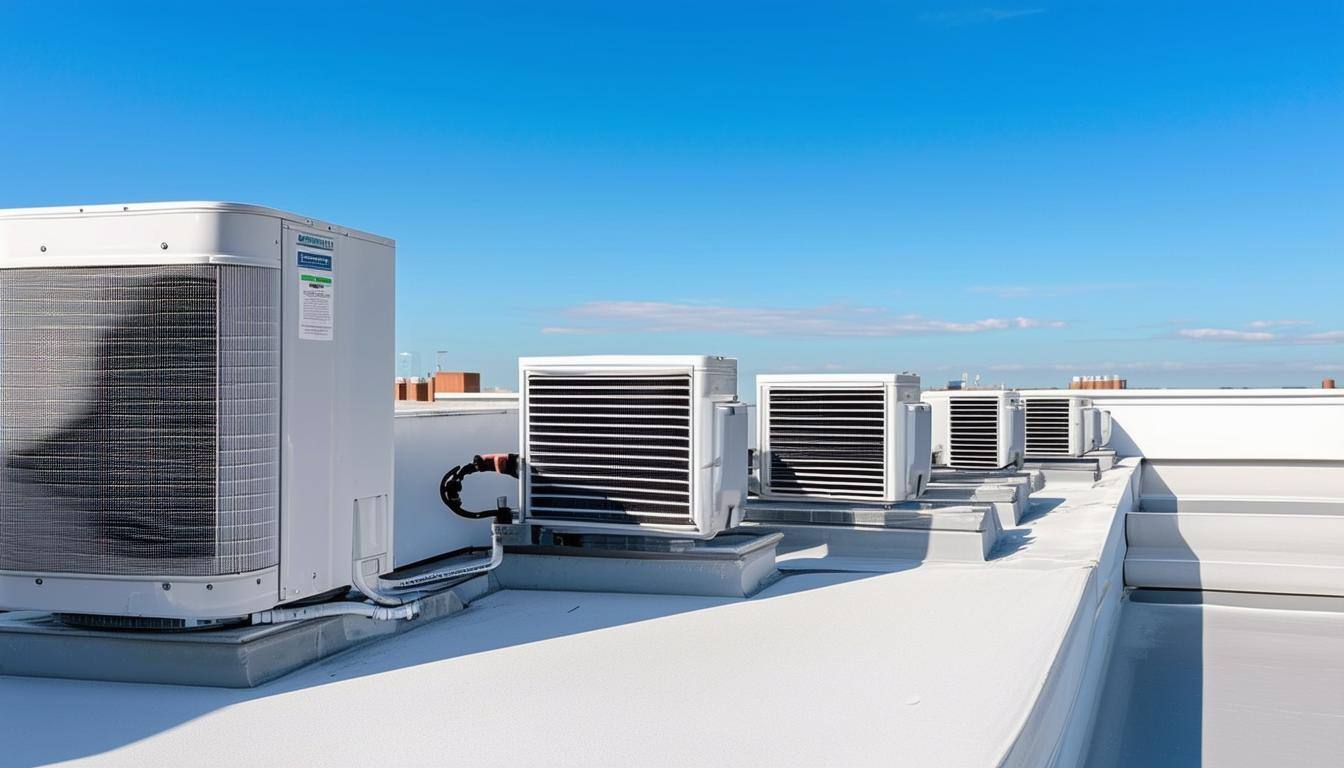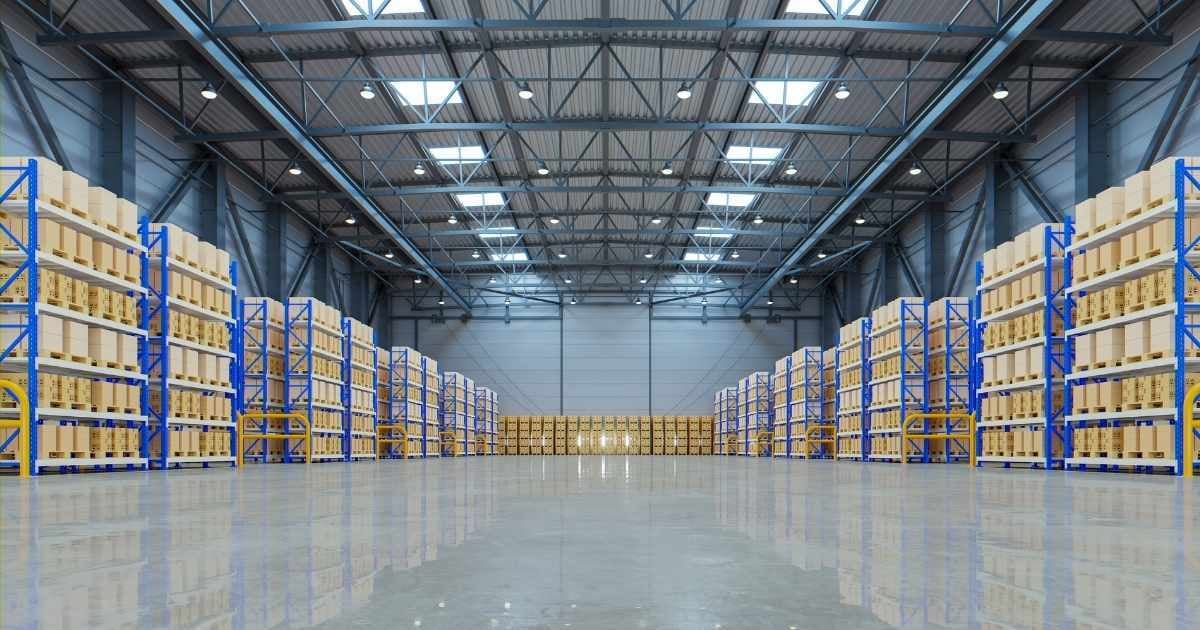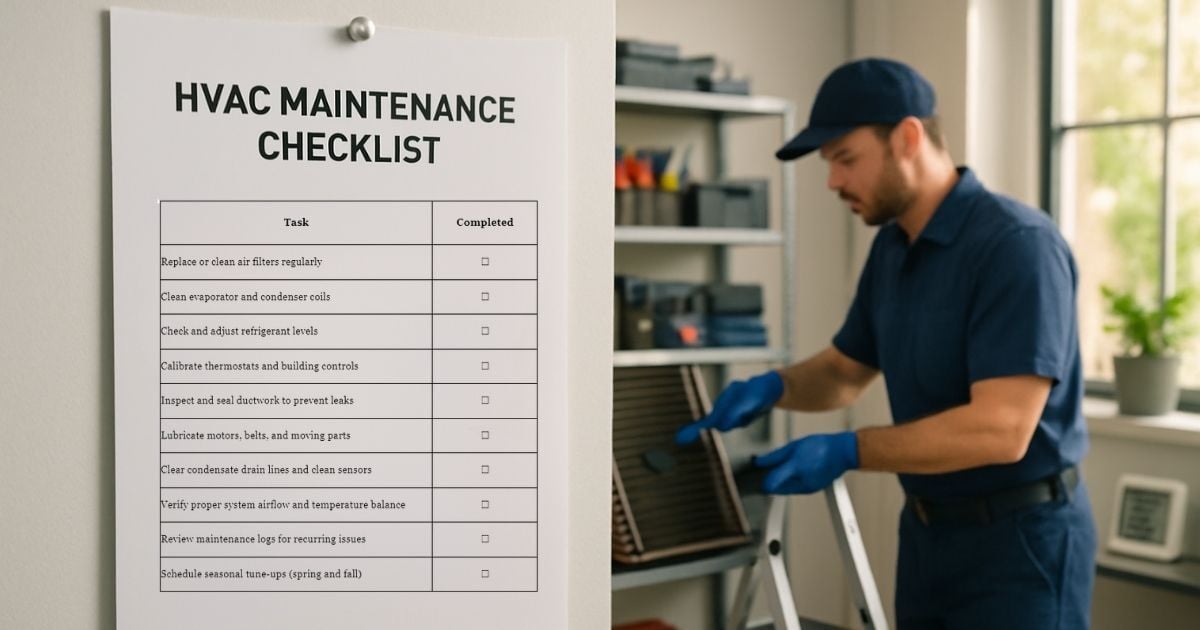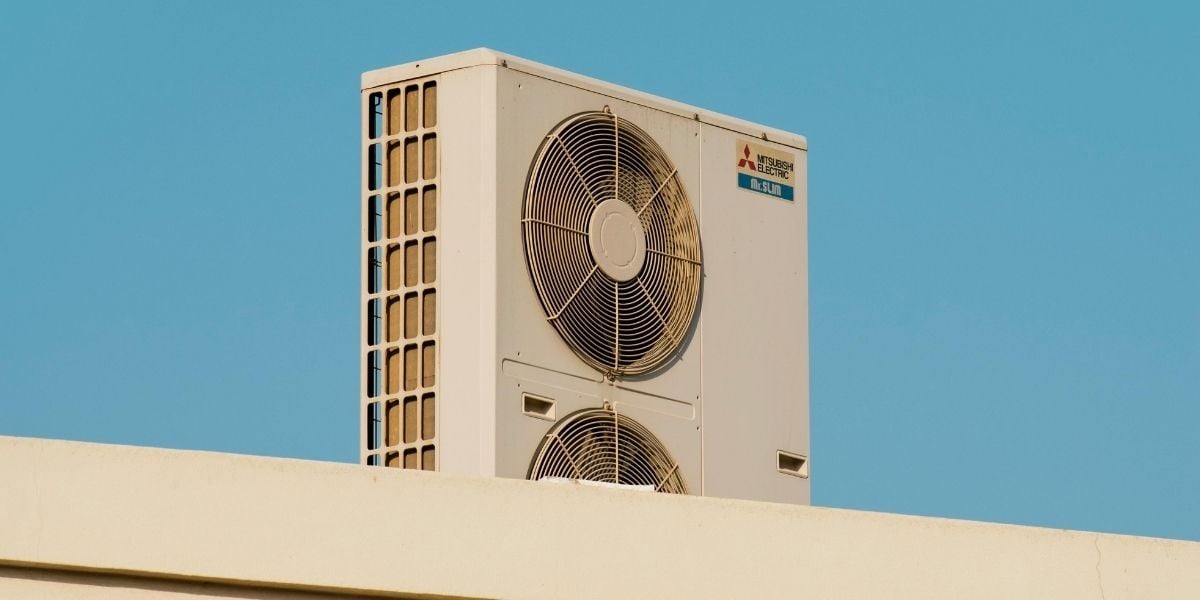How to Spot Inefficiencies in Your Commercial HVAC Design
September 29th, 2025
3 min read
By Lisa Flynn

If your building’s energy bills keep climbing or tenants are complaining about hot spots and cold zones, the issue might not be your HVAC equipment, it could be the system’s design.
A surprising number of performance problems can be traced back to design flaws: mismatched ductwork, outdated zoning, or controls that no longer reflect how the building is used. Even brand-new units can underperform when the underlying design isn’t right.
At Harold Brothers, we take a whole-building approach to HVAC performance. We’ve seen it all; schools with air blowing into crawlspaces, offices with one thermostat controlling 20 rooms, and hospital wings simultaneously heating and cooling. Our focus isn’t just on replacing equipment. It’s on making sure the design is actually working for you.
Here’s how to identify common HVAC design issues, and what you can do to solve them before they cost you more.
What Questions Reveal Inefficiencies in Your Commercial HVAC Design?
Poor HVAC design often hides in plain sight. If you’re noticing comfort complaints, rising energy use, or frequent breakdowns, it’s worth asking whether the system was ever designed for how your building actually operates today.
Here’s how those inefficiencies tend to show up.
Why Does My Building Have Uneven Temperatures?
When some rooms feel like saunas while others are freezing, your HVAC system isn’t distributing air properly. This could be due to ductwork that’s incorrectly sized, poor zoning layout, or lack of variable air volume (VAV) control.
Temperature imbalances can do more than frustrate tenants, they may even push you out of compliance with OSHA indoor air standards. A design review using tools like airflow testing and thermal imaging can help isolate the problem. From there, adjustments to ductwork or re-zoning often bring things back into balance.
Why Is My HVAC Running Constantly?
If your units never seem to turn off, that’s a sign they’re overworked often due to a mismatch between equipment and building load. We’ve seen buildings running systems 24/7 because the original programming didn’t match current occupancy or usage.
In many cases, the problem isn’t the equipment itself, but how it’s set up. Recalculating your building’s heating and cooling loads and updating your controls can cut runtime and energy use significantly without any major replacements.
Why Are My Energy Bills Rising Unexpectedly?
When utility costs go up with no clear reason, look at your HVAC system. Issues like simultaneous heating and cooling, poorly designed ventilation paths, or missing energy recovery features often fly under the radar.
Comparing your building’s performance against federal efficiency benchmarks can be eye-opening. If you're above the recommended ranges, targeted changes, like improving ventilation design or adding energy recovery can help bring costs back down.
How Does HVAC Design Affect Indoor Air Quality?
Complaints about musty, stale air or general discomfort often stem from ventilation design, not dirty filters. If outdoor air intakes are too small or exhaust vents are poorly placed, your system may struggle to bring in enough fresh air.
A proper ventilation review, along with CO₂ monitoring, can determine whether your system is keeping up with ASHRAE standards for indoor air quality. Upgrades might include higher-efficiency filters, repositioning vents, or adding demand-controlled ventilation.
Can Bad Design Cause Frequent HVAC Breakdowns?
Frequent service calls might indicate deeper issues than just aging equipment. Short-cycling, incorrect refrigerant line lengths, or poorly laid out mechanical systems can all accelerate wear and tear.
A forensic engineering review helps spot these hidden design flaws. Fixing them often leads to fewer breakdowns and longer equipment life, without needing a full system overhaul.
Why Do I Need Building Automation and Controls?
Even the best HVAC design won’t perform well if it isn’t being controlled properly. Many buildings either lack a Building Management System (BMS) or never had it configured to match real-world conditions.
A controls audit can bring things back in line. Simple updates, adjusting schedules, setpoints, and system integration, can improve performance almost immediately. And with smart controls, the system can optimize itself based on occupancy, weather, and time of day.
How to Fix Common HVAC Design Problems
The good news is that most HVAC design issues don’t require ripping everything out. Common solutions include:
-
Re-zoning or rebalancing air distribution
-
Adjusting ductwork sizing and layout
-
Updating or upgrading BAS controls
-
Adding energy recovery systems
-
Performing current load calculations
These changes can dramatically improve comfort, lower energy costs, and help your system run more efficiently.
Should You Retrofit or Replace Your HVAC System?
HVAC design problems don’t always make themselves obvious—but they show up in rising energy bills, frustrated occupants, and constant repair calls. If you're noticing these issues, you’ve already taken the first step by questioning the design itself.
At this point, you know that minor HVAC design flaws can create major inefficiencies—and that sometimes, a retrofit can solve the problem without the cost of full replacement. But if your system is outdated or nearing the end of its life, a total replacement might be more practical in the long run.
So how do you decide what makes the most sense for your building?
Your next step is to explore Retrofitting vs. Replacing a Commercial HVAC System This guide breaks down cost, disruption, long-term ROI, and more—so you can move forward with confidence.
At Harold Brothers, we specialize in uncovering hidden HVAC inefficiencies and helping owners make data-backed decisions. Whether your issue is minor or systemic, our design review process will help you get to the root of it, so you can stop guessing and start optimizing.
With over 39 years of experience in the HVAC industry, Lisa Flynn brings a wealth of knowledge, reliability, and proven leadership to every project. She has a demonstrated track record of managing and mentoring HVAC service technicians while collaborating closely with project managers to ensure the successful execution of construction projects. Lisa's expertise spans a broad range of critical functions, including dispatching service calls, budget preparation and management, billing and collections, and project quoting. She has cultivated strong client and customer relationships through her attention to detail and commitment to delivering exceptional results. From marketing and advertising initiatives to equipment procurement, tracking, and project close-outs, Lisa consistently drives efficiency and excellence at every stage. Her hands-on approach and dedication to exceeding expectations make her a trusted partner for clients and colleagues alike.
Topics:






















